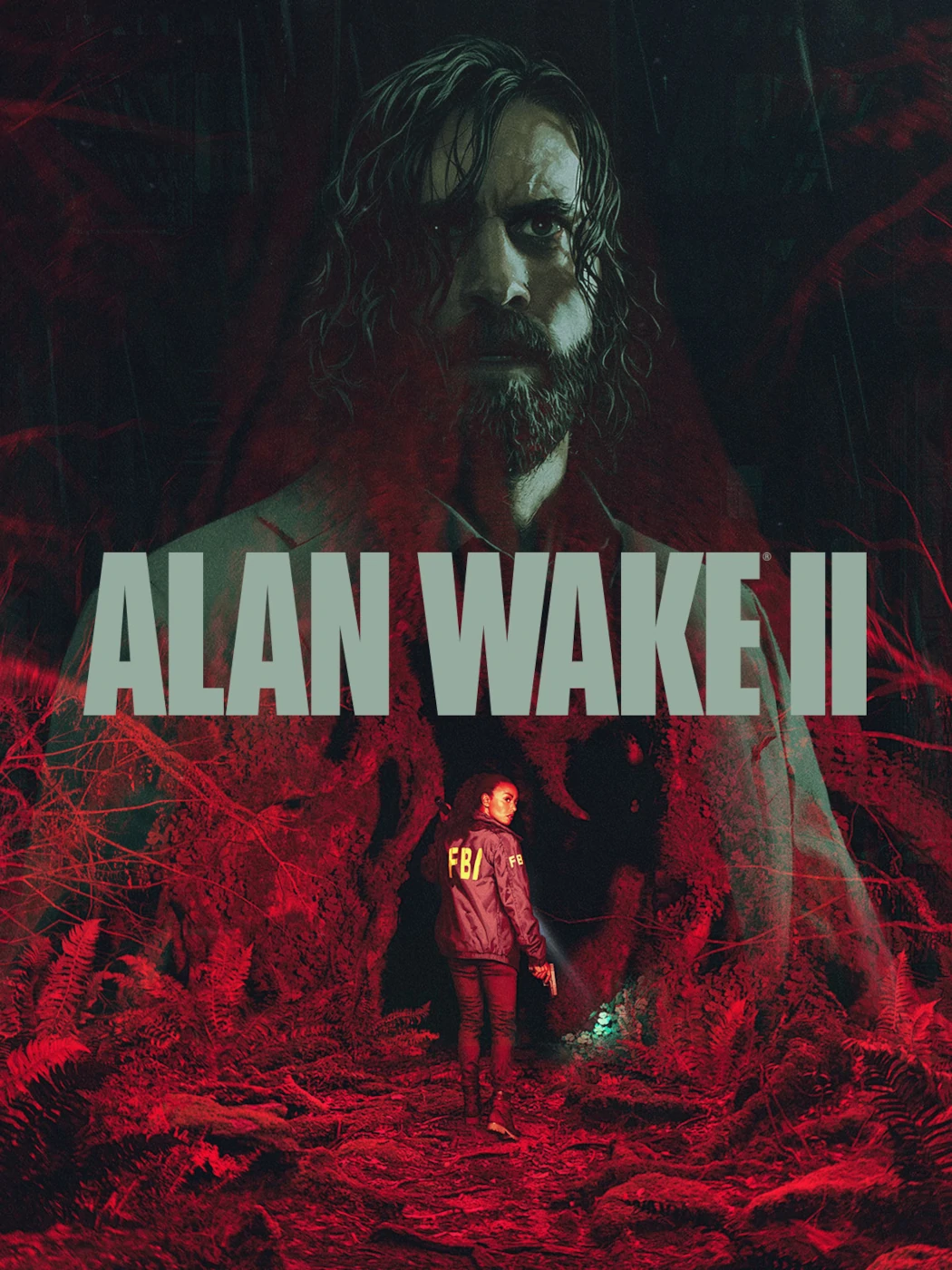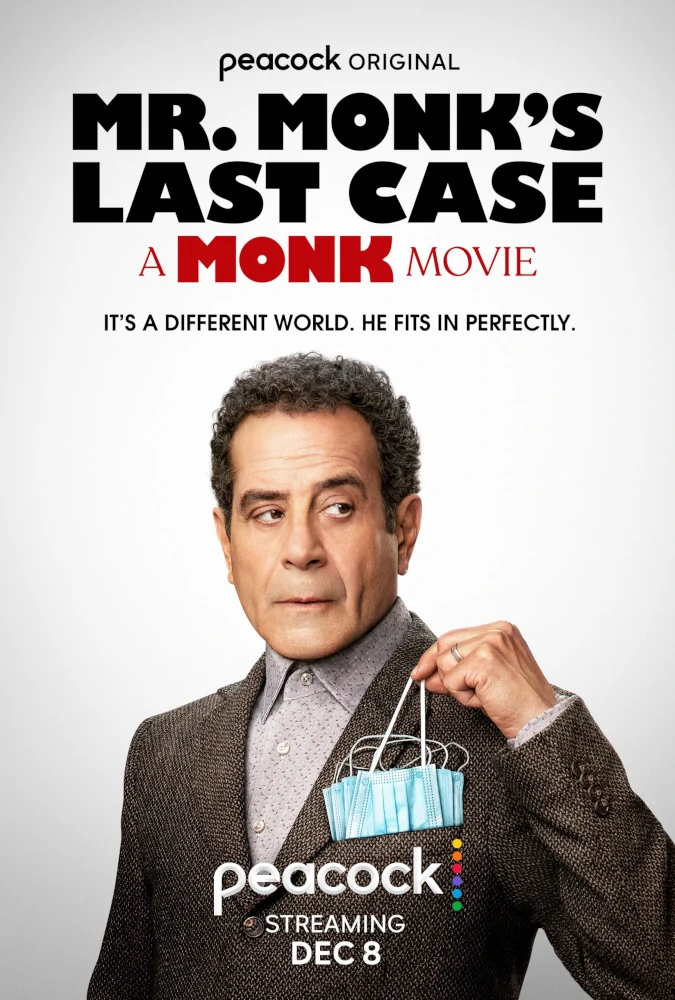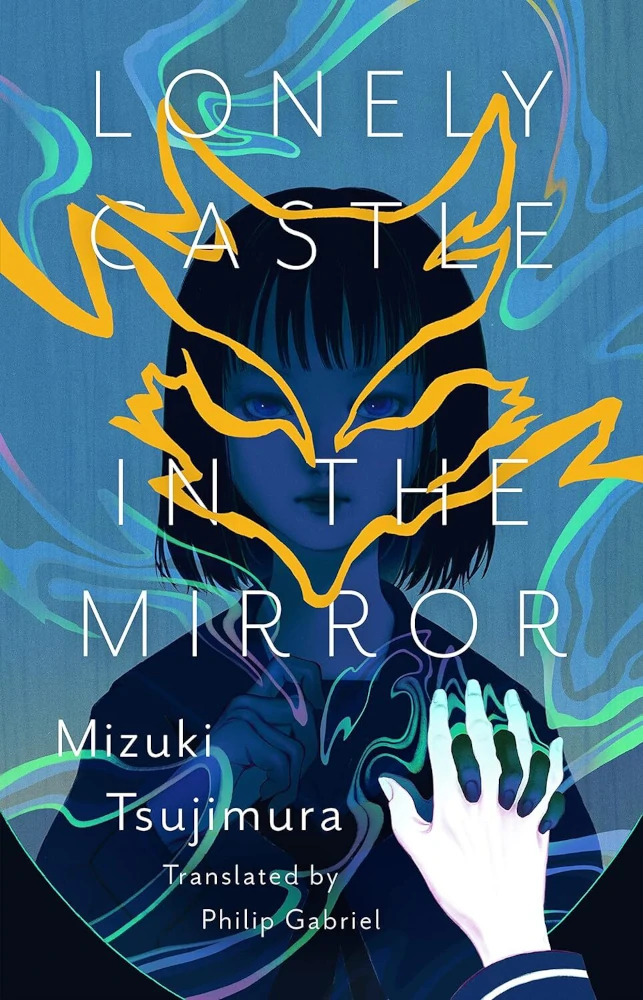
December Staff Picks
Words By F(r)iction Staff
Dominic Loise
Mr. Monk’s Last Case: A Monk Movie
My wife, Jenna, and I are huge fans of the show Monk. Not only is the first of our therapy rabbits named Trudy, after Detective Adrian Monk’s deceased wife, but the original show was a gateway for me to destigmatize the conversation around my OCD (obsessive-compulsive disorder). I felt awkward when I’d spend up to fifteen minutes locking a door, checking the oven or light switches before leaving, or trying to step away from an ATM. Before I went on medication, it would sometimes take up to an hour to lock up before leaving for the day.
The original Monk series mirrored the daily work that went into addressing my mental health, and watching the show was a guide post for us to see a famous detective evolving as he put the work in through therapy and solving cases. Needless to say, we were extremely excited about Mr. Monk’s Last Case dropping on Peacock.
In the original run of the show, Tony Shalhoub brought care and compassion to the lead character of this mystery/dramedy which ran on the USA Network for eight seasons. Over the years, viewers witnessed Monk move towards two goals—getting reinstated into the police force and solving his wife’s murder. The original series had an emotional and satisfying ending to both of these accomplishments along with Monk’s character growth.
The tv movie brought back original characters and also introduced the reality of COVID-19. Specifically, how the pandemic set back Monk’s progress in therapy and how the world became a little more aligned with Monk’s mindset. Mr. Monk’s Last Case also went deeper into mental health than the original series, addressing the importance of having a purpose in life as part of the therapeutic process. Especially since COVID-19 and other events have taken away Monk’s purpose. This tv movie explored Monk finding a way to function in society and choosing to engage with others to achieve this goal. I do wish to put a trigger warning as Monk does face suicidal ideation, but i’m recommending Mr. Monk’s Last Case also because of how it deals with suicide awareness. This tv movie is not so much Adrian Monk’s last case, but the next chapter in his life.

Cecil Janecek
Lonely Castle in the Mirror
Lonely Castle in the Mirror ends in a way that feels perfectly inevitable, and yet the novel still managed to surprise me. Mizsuki Tsujimura masterfully keeps the reader on edge, questioning whether this is a heartwarming coming of age story or a fantastical horror. In the novel, seven teens—who’ve all stopped going to school for one reason or another—are chosen by the Wolf Queen to search for the Wishing Key, which will grant one of them a single miracle. Even if they choose not to search for it, they’ll still have access to the castle for one year as a respite from the “real world.” But if they break the Wolf Queen’s one rule—never enter the castle after 5 p.m.—they’ll be eaten.
As the teens’ lives get more complicated and strange coincidences continue to connect them, they begin to question the Wolf Queen’s motivations and their realities. I, too, began to worry that the book would employ my least favorite trope: at the end of the adventure, everyone would forget and return to their normal lives as if nothing had happened. But no! The Wolf Queen’s secrets gutted me to tears and the found family among these seven traumatized teens connected them in ways I never anticipated, but found completely satisfying by the end.

JP Legarte
Alan Wake II
As writers, I don’t think we would deny the power words hold, but what if the stories we wrote manifested in our environment and altered reality? Enter Alan Wake II, a survival horror game where FBI agent Saga Anderson arrives in a small town called Bright Falls to investigate a ritualistic murder and finds pages of a manuscript titled Return that detail events as they happen—a manuscript written by the titular character, Alan Wake, stuck in an alternate dimension named the Dark Place for the past thirteen years.
Throughout the game, you can alternate between both characters, leading to situations where progressing through one character’s chapter fills in the blanks of the other. As Anderson, you traverse the isolated alcoves of Bright Falls and the vast forest of Cauldron Lake; and as Wake, you navigate a twisted version of New York. These locations were symmetric blends of beauty and eeriness, magnified when monsters—the Taken and Fadeouts—constantly haunt the characters and when, at times, the monsters are the characters’ own fears.
Anderson and Wake are certainly not defenseless against the Taken and Fadeouts. Players can obtain numerous weapons, such as a shotgun, a crossbow, and a flare gun. However, they are ineffective on their own, which brings me to one of my favorite parts of the combat system. Equally important are the batteries for flashlights as well as hand flares, both used to diffuse the shadows and darkness protecting the Taken and Fadeouts. This mechanic emphasizes the importance of resources in the characters’ limited inventories. Heightening the combat is the claustrophobic feeling when multiple monsters attack at locations where there is not much room to maneuver, offering a challenging yet rewarding fight against darkness with light, metaphorically and literally.
Alan Wake II is a horror story that brings you to the edge of your seat as you contend with supernatural scares and shifting realities. There’s even a musical sequence in one of Wake’s chapters that was an absolute masterpiece in mixed visuals, sound, and—yes—combat. If you’re still not convinced, consider the game’s accolades at The Game Awards 2023: Best Art Direction, Best Narrative, and Best Game Direction. Rest assured, I’ll soon be replaying the game through its rendition of New Game Plus titled The Final Draft, falling down the familiar yet changed rabbit hole with Anderson and Wake all over again.
